On Aug. 6, a fire broke out at a six-storey wood-frame rental apartment building under construction on West 41st Avenue near Dunbar Street in Vancouver.
In addition to totally destroying the building, the blaze ignited nine smaller fires on nearby properties, and toppled an onsite construction crane.
The crane fell across busy West 41st Avenue, damaging the roadway and the sidewalk, taking down TransLink trolley bus lines and battering several nearby homes.
Work on the collapsed crane began Aug. 21 and was completed on August 27.
The street was closed to traffic between Collingwood and Blenheim from the time of the fire until Sept. 4.
Repairs to the roads, sidewalks, bus landing areas, curbs and gutters on West 41st Avenue are underway. Damaged poles and traffic signal infrastructure are being fixed. The work is expected to be completed this month.
Apart from the material damage and inconvenience, the fire has had other, unexpected consequences.
“Anecdotal evidence suggests that some people have made a mental connection between the Dunbar fire, the recent wildfires in Western Canada and global warming,” says Vancouver developer Michael Geller. “They’re over-reacting, because those events are not connected.”
An article in a national newspaper a week after the fire claimed, incorrectly, that the building under construction contained condominiums.
And a story in a Western Canada online publication made the erroneous claim the building under construction was mass timber, not wood-frame.
Both stories pointed a finger at climate change as partly responsible for the conflagration.
“Everyone should cool down and wait until the fire department has finished its investigations and determined the cause of the fire,” says Geller.
The incendiary tone of the stories notwithstanding, they raise the question of the relative combustibility of wood-frame and mass timber construction buildings.
Marc Alam, senior manager at the Canadian Wood Council (CWC), says relative fire performance is an important way to differentiate between mass timber and light-wood frame construction.
“In 2022, the Canadian Wood Council, in collaboration with the National Research Council, conducted the Mass Timber Demonstration Fire Test Program in Ottawa,” says Alam.
While wood-frame and mass timber are different, both forms of construction can be designed to meet the specific fire-resistance ratings and overall fire safety provisions required by the building code for different building sizes and occupancy types.
“Wood-frame requires the installation of gypsum board to meet fire-resistance ratings,” says Alam. “Mass timber elements with larger cross-sections may be left exposed, because they have additional wood material that will char, insulating and protecting the underlying structure, which maintains its structural strength.”
Shawn Keyes, executive director of WoodWorks BC, says there are no hard and fast rules for when to use light wood-frame or mass timber components.
“Canadian building codes allow using light wood-frame systems in ‘combustible construction’ in buildings up to six storeys,” says Keyes.
“Mass timber can be used in both ‘combustible construction’ and ‘encapsulated mass timber construction (EMTC).’ The BC building code now permits EMTC up to 18 storeys, with a broader range of occupancies than combustible construction.”
Fire resistance has been closely studied and written about in several WoodWorks and CWC webinars, conferences and other presentations.
Both organizations have produced guides and documents pertaining to mid-rise wood construction that help to outline several best practices.
Although mass timber is becoming more widely used, there are still some speed bumps on the road to greater adoption.
To help move things along, Renewable Cities, a dialogue centre at Simon Fraser University in Vancouver, has a project called Addressing Barriers to Insurance and Financing with Mass Timber.
Renewable Cities says it is leveraging its position as “a credible convener” to bring together groups and industries “to address challenges and co-develop insurance and financing options better adapted for the unique context, characteristics and needs of mass timber projects in B.C. and Canada.”
Norm Couttie, an adviser to Renewable Cities and a Dunbar fire witness, says the insurance industry has a problem with mass timber because of a lack of fire-related data for it to base its rates on.
“No mass timber buildings have burned down yet, so insurers don’t have any records on what it costs to do repairs,” says Coattie.
Renewable Cities adviser Helen Goodland says, “The industry complains that insurance premiums are too high, that it’s hard to get insurance and that insurers don’t understand mass timber. The insurance industry complains of the lack of data to base their rates on. There needs to be better communication between all the different players.”
Leanne Sawatzky, interim executive director of Renewable Cities, says
experts from the insurance and construction industries will start their discussions in fall 2024.
Following the dialogues, a best practices guide will be prepared and distributed to “key stakeholder networks.”


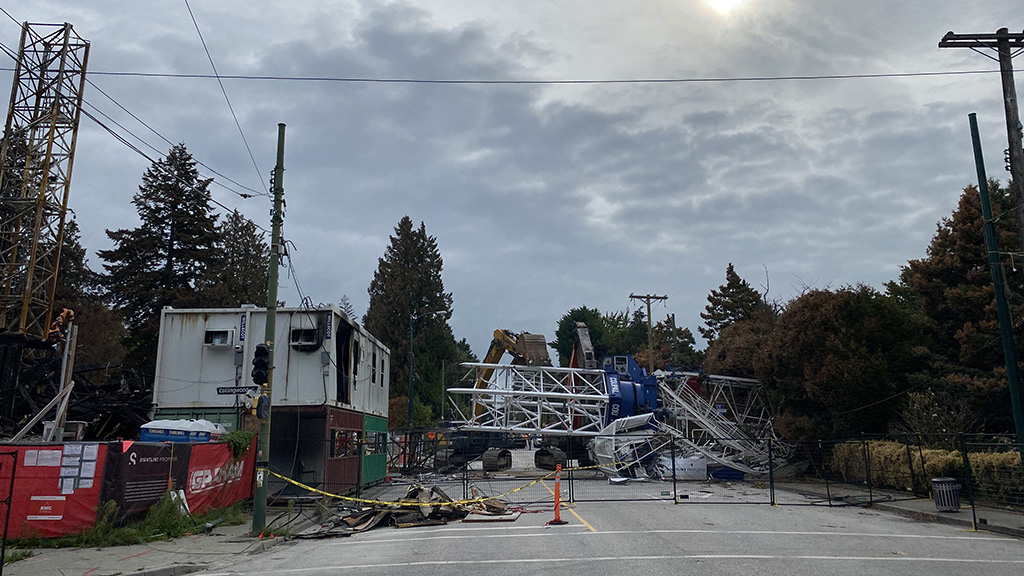


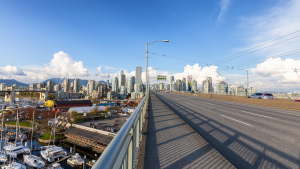
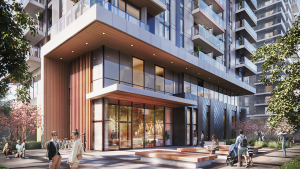
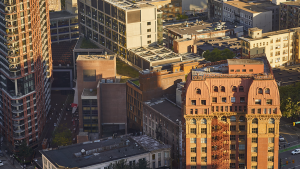

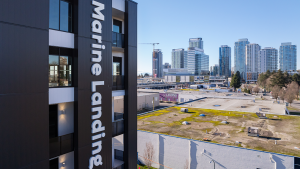
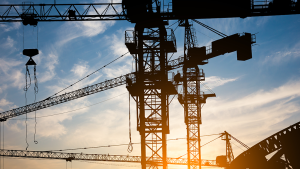
I think we need to separate the discussion from timber/wood frame fire risk during the construction phase from the finished building with all of the fire protection systems in place. The risk of fire and total devastation of a wood building during framing, especially in the summer is on a whole other level, like the fire that occurred on West 41st in August.